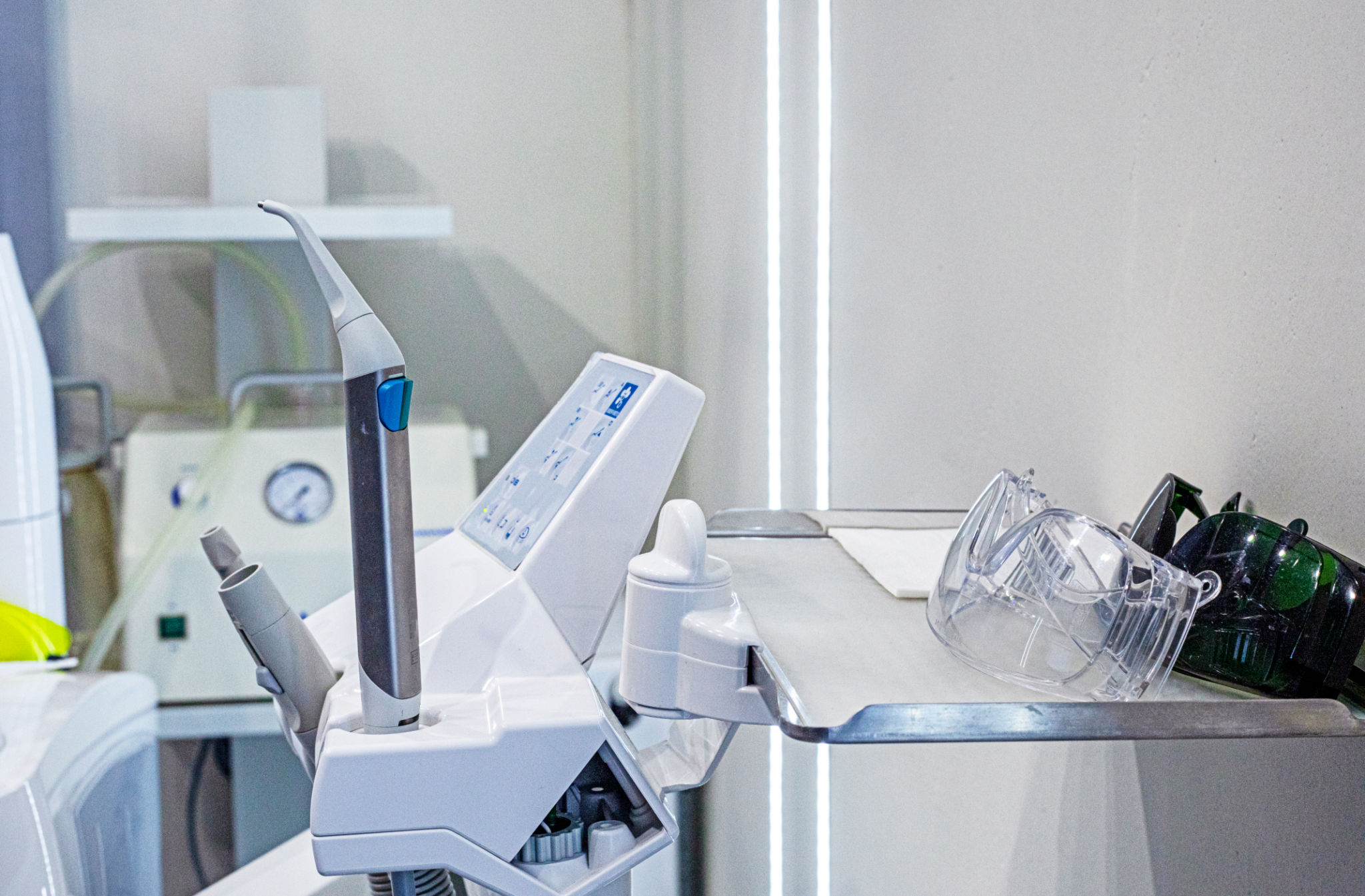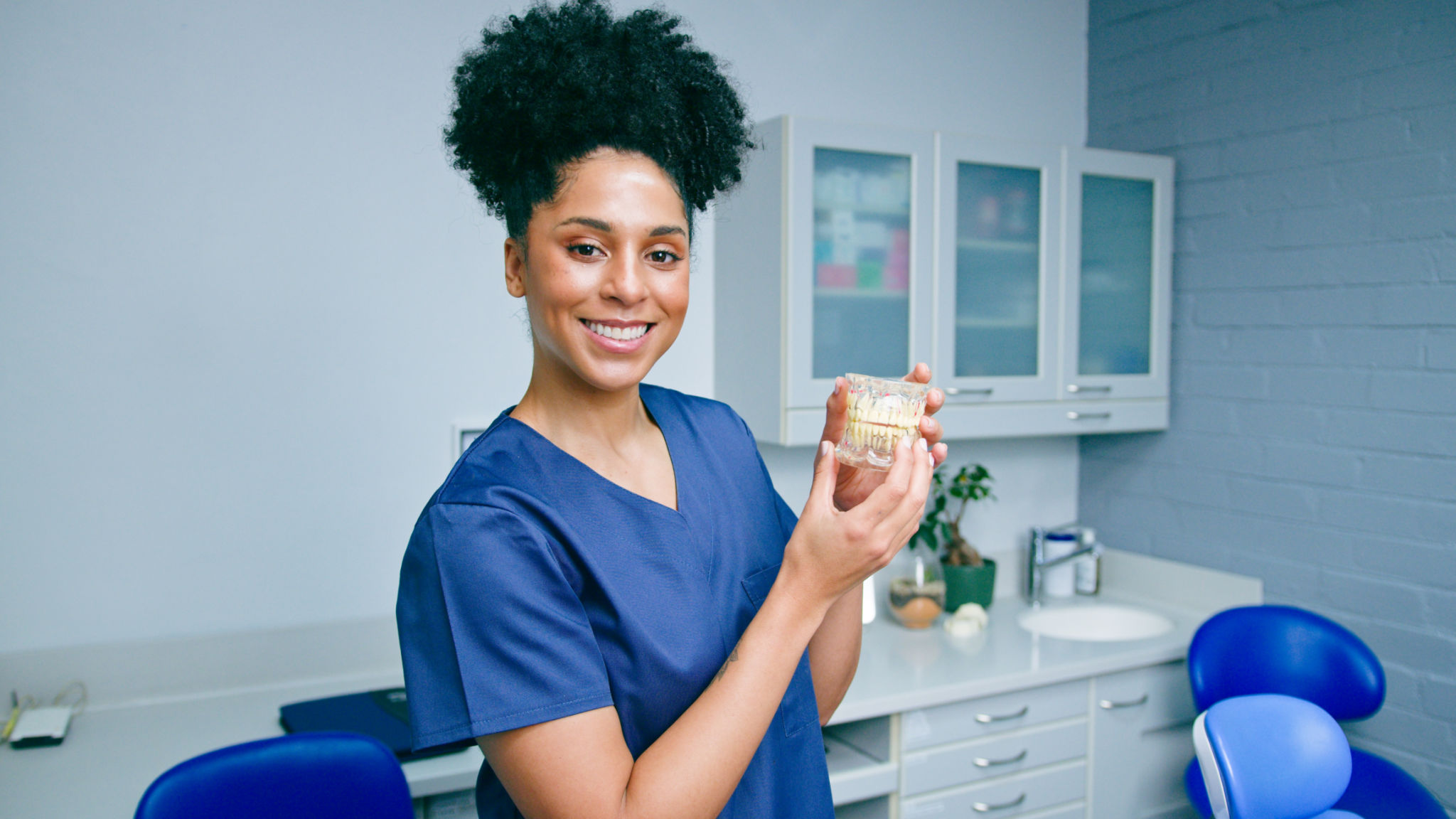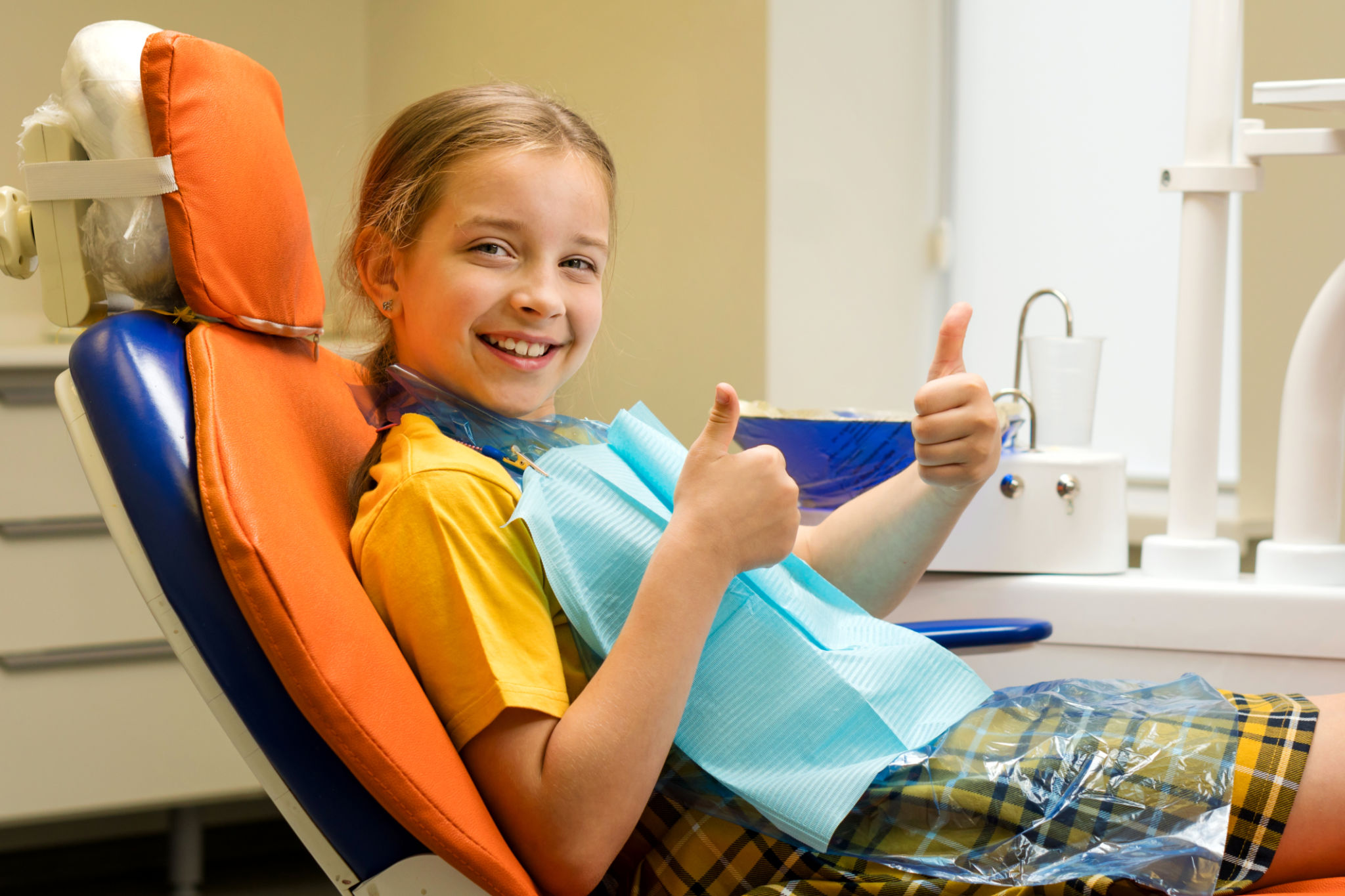Explaining Restorative Dentistry: How Models Improve Patient Understanding
Understanding Restorative Dentistry
Restorative dentistry is a crucial branch of dental care that focuses on repairing and restoring the function and aesthetics of damaged or missing teeth. It encompasses a variety of procedures, including fillings, crowns, bridges, and implants. The primary goal is to bring back the natural look and functionality of patients' smiles, improving their overall oral health and quality of life.
Despite its importance, many patients find the concept of restorative dentistry complex and overwhelming. This is where educational models come into play, serving as valuable tools to enhance patient understanding and engagement in their dental care.

The Role of Educational Models in Dentistry
Educational models in dentistry provide a tangible representation of dental procedures and outcomes. These models serve as visual aids that help patients better grasp what their treatment will involve and how it will benefit them. By offering a clear, visual depiction, models can demystify complex procedures, making them more approachable and less intimidating for patients.
Models are particularly beneficial in explaining the steps involved in restorative dental procedures. For instance, when discussing dental implants, a model can demonstrate how the implant is placed within the jawbone and how it integrates with natural bone over time. This step-by-step visualization can significantly enhance patient comprehension.

Benefits of Using Models in Patient Consultations
Using models during consultations offers numerous benefits. Firstly, they bridge the communication gap between dentists and patients by providing a common point of reference. This shared understanding fosters more effective communication and helps patients feel more involved in their treatment decisions.
Secondly, models can alleviate anxiety by setting realistic expectations. Seeing a replica of what their teeth will look like post-procedure can reassure patients and reduce fear or uncertainty about the final outcome. This psychological comfort is crucial in encouraging patients to proceed with recommended treatments.

Types of Models Used in Restorative Dentistry
There is a variety of models used in restorative dentistry to cater to different educational needs. Some common types include:
- Anatomical models: These illustrate the structure of teeth and gums, helping patients understand how different components work together.
- Procedure-specific models: Tailored to specific treatments such as bridges or dentures, these models focus on the nuances of particular procedures.
- Outcome models: They showcase the potential results of successful restorative treatments, providing visual motivation for patients.
Enhancing Patient Engagement Through Models
Incorporating models into patient education not only enhances understanding but also boosts engagement. When patients have a clear idea of what to expect from their treatment, they are more likely to ask informed questions and take an active role in their care plan. This involvement can lead to improved treatment adherence and better long-term outcomes.
Moreover, educational models can serve as tools for dentists to highlight the importance of maintaining oral hygiene post-treatment. By visually demonstrating how poor hygiene can affect restorative work, patients may be more motivated to follow recommended care routines.

The Future of Models in Restorative Dentistry
The future of restorative dentistry looks promising with advancements in technology. Digital models and 3D printing are paving the way for even more precise and personalized patient education tools. These innovations allow for customized models that reflect an individual patient's oral condition, offering an even more accurate depiction of expected outcomes.
As these technologies continue to evolve, they promise to further enhance patient understanding and satisfaction. By providing a realistic preview of their treatment journey, these models can significantly transform the patient experience in restorative dentistry.